Buy the photo Magical cathedral of Palermo by Silva Wischeropp on canvas, ArtFrame, poster and wallpaper, printed on demand in high quality.
About "Magical cathedral of Palermo"
by Silva Wischeropp
About the artwork
Palermo, with its imposing sights and oriental flair, has managed to counter its bad image. Formerly a mafia stronghold, Palermo has awoken and transformed itself into a lively cultural city.
One of the most important sights in Palermo is the cathedral. Characterised by Byzantine-Arabic-Norman influences, the cathedral combines a wide variety of architectural styles following renovations. The Cathedral of Maria Santissima Assunta in Palermo on the island of Sicily is stunning. Heading north along Corso Vittorio Emanuele, the right-hand side of the street widens out into a huge square just before Palazzo Reale. Here, the grandiose building is located on the edge of the old Il Capo neighbourhood on the site of an old basilica from the 6th century. The church was converted into a mosque in 831 during the conquest of Palermo by the Saracens. Around 1072, the Normans re-consecrated the building as a Christian church and elevated Palermo to an archbishopric. In 1185, the cathedral was consecrated in the Byzantine-Arabic-Norman architectural style. Due to its construction, the cathedral is also known as the Norman Cathedral. The exterior façades of the cathedral, decorated with beautiful inlays of lava stone, reveal a harmonious fusion of Arabic and Norman architecture. For passionate lovers of architecture and art, an extended visit to the cathedral is a truly inspiring enrichment. I took this charming, photographically architectural shot of the magnificent cathedral, a mixture of building cultures in the heart of Palermo, in July 2019 with the Nikon D90. The motif is ideal for hanging in architectural offices, but can also be a fascinating eye-catcher in living rooms.

About Silva Wischeropp
"For me, photography feels like really capturing the moment - like a kind of alchemy where time is physically captured."
Silva Wischeropp was born in the Hanseatic city of Wismar in the former GDR. Today she lives and works in Berlin. As a passionate travel..
Read more…
 Germany
Germany Ordered in April 2024
Ordered in April 2024
 Netherlands
Netherlands Ordered in March 2020
Ordered in March 2020
 Netherlands
Netherlands Ordered in May 2021
Ordered in May 2021
 Netherlands
Netherlands Ordered in March 2021
Ordered in March 2021
 Netherlands
Netherlands Ordered in May 2023
Ordered in May 2023
 Netherlands
Netherlands Ordered in December 2018
Ordered in December 2018
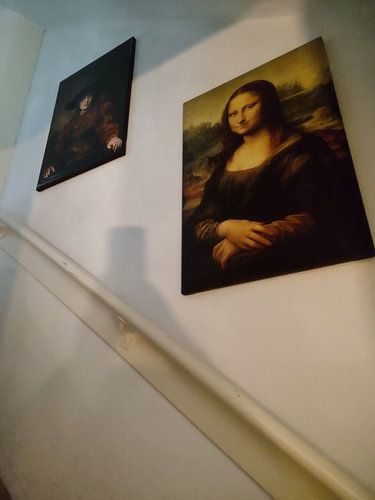
 Germany
Germany Ordered in April 2025
Ordered in April 2025
 Netherlands
Netherlands Ordered in June 2019
Ordered in June 2019
 Germany
Germany Ordered in April 2021
Ordered in April 2021
 Germany
Germany Ordered in October 2021
Ordered in October 2021
 Germany
Germany Ordered in March 2019
Ordered in March 2019
 Netherlands
Netherlands Ordered in December 2022
Ordered in December 2022
About the material
ArtFrame™
Interchangeable Art Prints
- High-quality print
- Easily interchangeable
- Acoustic function
- Large sizes available
Discover the artworks of Silva Wischeropp
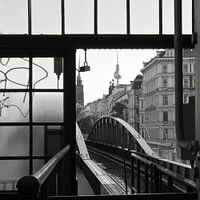 Underground station of the U2 line - special train to PankowSilva Wischeropp
Underground station of the U2 line - special train to PankowSilva Wischeropp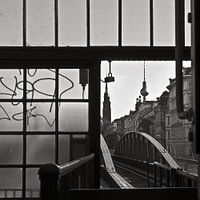 Berlin underground station Eberswalder Strasse of line U2Silva Wischeropp
Berlin underground station Eberswalder Strasse of line U2Silva Wischeropp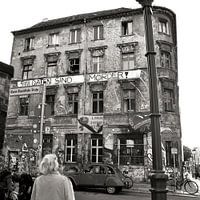 Old, squatted house in the Scheunenviertel district of Berlin-MitteSilva Wischeropp
Old, squatted house in the Scheunenviertel district of Berlin-MitteSilva Wischeropp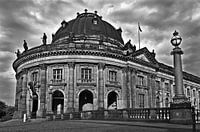 BODE-MUSEUM on the Museum Island (Berlin)Silva Wischeropp
BODE-MUSEUM on the Museum Island (Berlin)Silva Wischeropp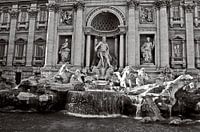 The Trevi Fountain - Fontana di TREVI in RomeSilva Wischeropp
The Trevi Fountain - Fontana di TREVI in RomeSilva Wischeropp Underground station of the U2 line - Berlin-Pankow(East Berlin)Silva Wischeropp
Underground station of the U2 line - Berlin-Pankow(East Berlin)Silva Wischeropp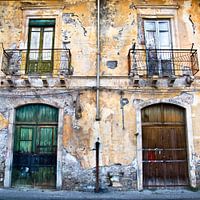 Mysterious, Sicilian facadeSilva Wischeropp
Mysterious, Sicilian facadeSilva Wischeropp Banana leaves in the warm autumn lightSilva Wischeropp
Banana leaves in the warm autumn lightSilva Wischeropp Magical rainbow at the OderbruchSilva Wischeropp
Magical rainbow at the OderbruchSilva Wischeropp Magic Sicilian Sea SoundSilva Wischeropp
Magic Sicilian Sea SoundSilva Wischeropp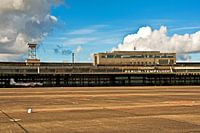 Former Berlin-Tempelhof AirportSilva Wischeropp
Former Berlin-Tempelhof AirportSilva Wischeropp Pines in the autumnal October lightSilva Wischeropp
Pines in the autumnal October lightSilva Wischeropp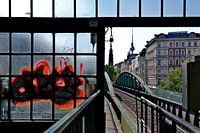 Popular underground station on the U2 line on Eberswalde StrasseSilva Wischeropp
Popular underground station on the U2 line on Eberswalde StrasseSilva Wischeropp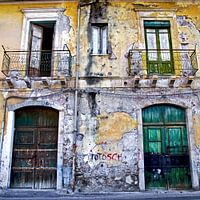 Once upon a time in Taormina on the island of SicilySilva Wischeropp
Once upon a time in Taormina on the island of SicilySilva Wischeropp Imaginative sand dunes at Henne Strand in JutlandSilva Wischeropp
Imaginative sand dunes at Henne Strand in JutlandSilva Wischeropp Wonderful sand dune at Henne Strand in JutlandSilva Wischeropp
Wonderful sand dune at Henne Strand in JutlandSilva Wischeropp Women bathing on the beach at Nha Trang in VietnamSilva Wischeropp
Women bathing on the beach at Nha Trang in VietnamSilva Wischeropp Summer morning walk through the pine forestSilva Wischeropp
Summer morning walk through the pine forestSilva Wischeropp The proud elegance of the pines in the sunlightSilva Wischeropp
The proud elegance of the pines in the sunlightSilva Wischeropp Paradise Isola Bella on the east coast of SicilySilva Wischeropp
Paradise Isola Bella on the east coast of SicilySilva Wischeropp
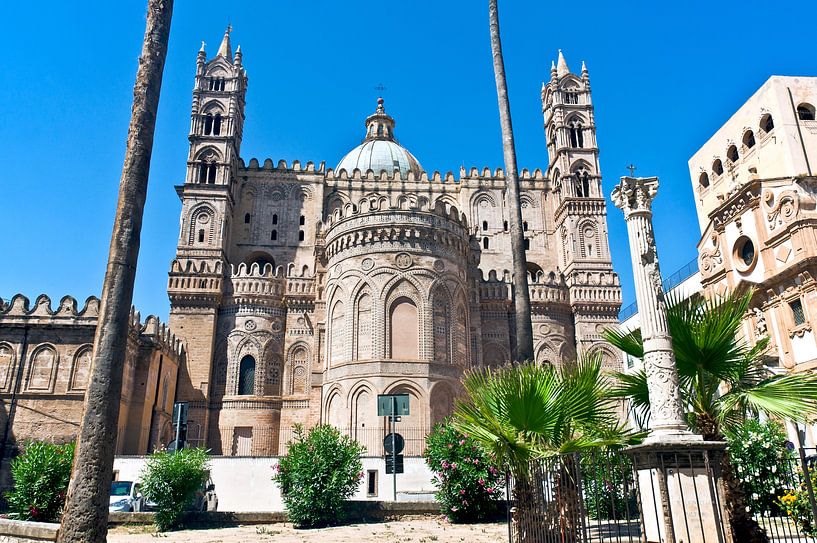

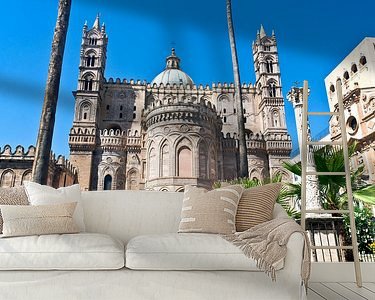
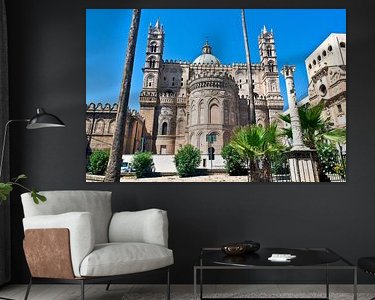


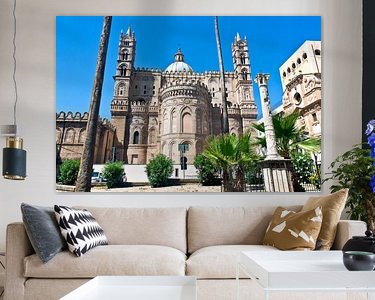

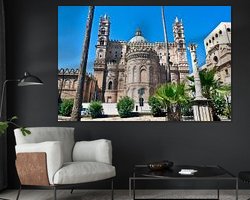
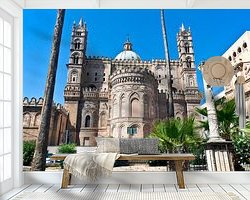
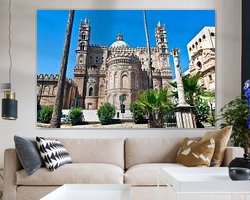

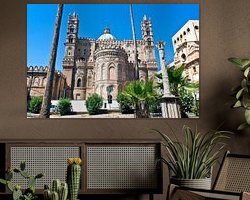
 Basilica
Basilica Cathedral
Cathedral Italy
Italy Photo wallpaper
Photo wallpaper Photography
Photography Powerful Expression
Powerful Expression Serene Peace
Serene Peace UNESCO World Heritage Locations
UNESCO World Heritage Locations Urban landscapes
Urban landscapes Vibrant Colors
Vibrant Colors









